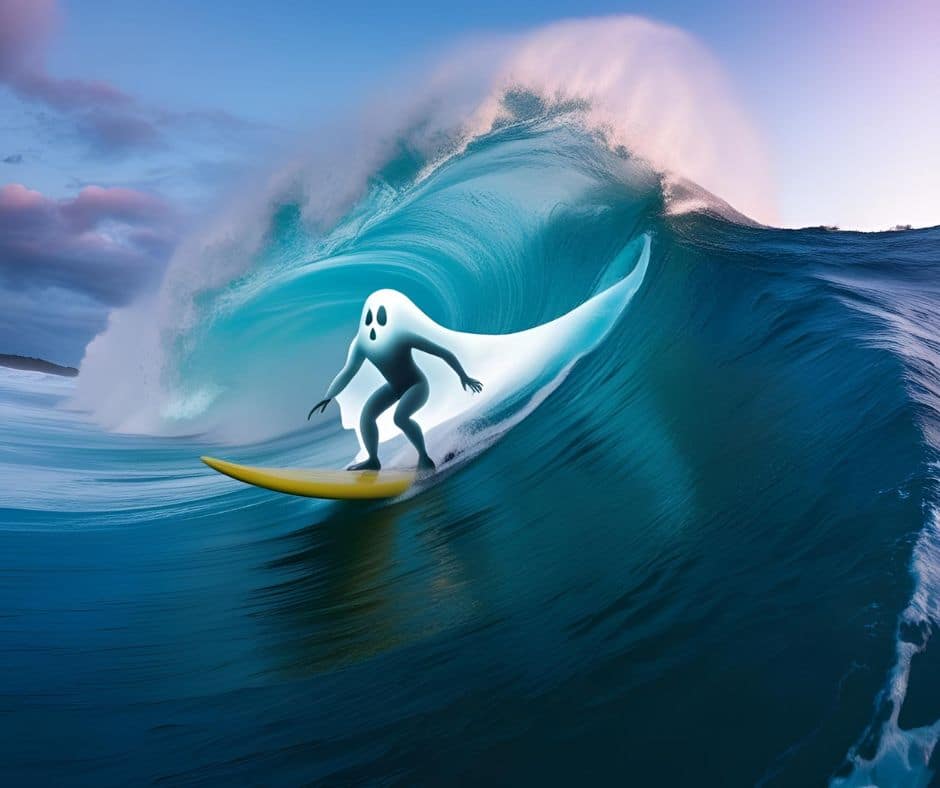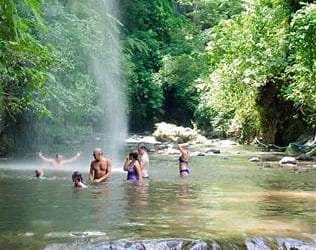There’s a murmur that runs down the Nicoya Peninsula like wildfire every late May. “It’s coming,” someone says at a beach bonfire. Surf shop owners glance at the forecast and start waxing boards with twitchy hands. The old guys start telling younger surfers to charge their GoPros. That buzz? It’s all about El Fantasma—a ghost wave that only shows up in June, when the southern oceans yawn, the tides align, and Costa Rica’s wild coast decides to pull a trick from its sleeve.
El Fantasma isn’t on your tourist surf map. You won’t find a sign, a GPS pin, or even a friendly wink if you ask too directly. This wave doesn’t want to be found by everyone. It’s a phantom, after all. Most of the year, the reef sits quietly underwater, completely invisible. But for a few glorious days in early June, when a rare combo of swell angle, tide, and wind line up just right, this wave wakes up, peels to perfection, and barrels with the kind of power that makes your knees wobble before you even paddle out.

What makes El Fantasma different?
It’s not just a wave—it’s a summons.
You need a south swell in the 200°–220° range with long-period juice (think 6–8 feet at 16+ seconds), a mid-to-outgoing tide that peels the reef just right, and glassy or offshore winds that don’t ruffle the dream. You’ll also need a boat… or a paddle so long you’ll start questioning your life choices.
Surfers joke that it’s not about finding El Fantasma. It’s about deserving it.
Here’s your gear list, ghost chaser:
- Solid shortboard or step-up with a little extra foam for takeoff power
- Reef booties unless you’re one of those leathery-footed locals
- A buddy who actually knows where the reef is
- A calm head, a strong paddle game, and zero fear of reef rash
- A sixth sense for timing and tide
So, where is El Fantasma?
Well… somewhere off the Nicoya coast. That’s as close as you’re gonna get.
Let’s be real—surfers are territorial. And El Fantasma isn’t just a good wave, it’s sacred. The takeoff is razor-thin over a sharp volcanic reef. Miss your line, and you’re getting bounced over barnacles and sea urchins like a pinball. Stick it, and you’re locked into a fast, hollow ride that feels like it was designed in a dream.
Why June?
June is the sweet spot—the beginning of the rainy season and the moment the Southern Hemisphere starts pulsing swells toward Costa Rica like love letters wrapped in foam. The water’s warm, the winds back off in the morning, and for two or three fleeting days, El Fantasma comes alive.
Miss it? You wait another year. Or spend the next 11 months sulking over wind-blown beach break, wondering where it all went wrong.
What’s the wave like?
Imagine a freight train made of saltwater, glassed over with perfection. El Fantasma is fast, hollow, and ruthless if you hesitate. It rewards precision and punishes ego.
Make the drop, set your rail, and you’re flying tight in the pocket, tucked in the green room, spit out like a legend. Locals talk about 8-second rides that felt like 30. Some say it’s the closest thing you’ll ever get to surfing inside a dream. Others just nod quietly, with that far-off look that means they’ve seen things.
Should you chase El Fantasma?
Only if you’re ready. This is not a wave for soft tops or sunset selfies. It’s for surfers who’ve put in the hours, know their limits, and respect the ocean’s trickier moods.
This is the kind of wave that either humbles you or hands you the ride of your life. Maybe both.
FAQ:
Q: Can beginners surf El Fantasma?
A: No chance. It’s a fast, shallow reef break with real consequences. This one’s for the experienced only.
Q: How do locals know when it’s on?
A: They’ve got swell charts memorized and a kind of sixth sense. Many just feel it when the swell is coming.
Q: Is it dangerous?
A: Yup. Between the reef, the power, and the hold-downs, it’s not for the faint of heart. But if you know what you’re doing, it’s unforgettable.
Q: Can I book a guide?
A: Maybe, if you’ve made friends in the right places. Some Nicoya locals might take you—if they trust you can handle the wave and won’t blow the spot.






